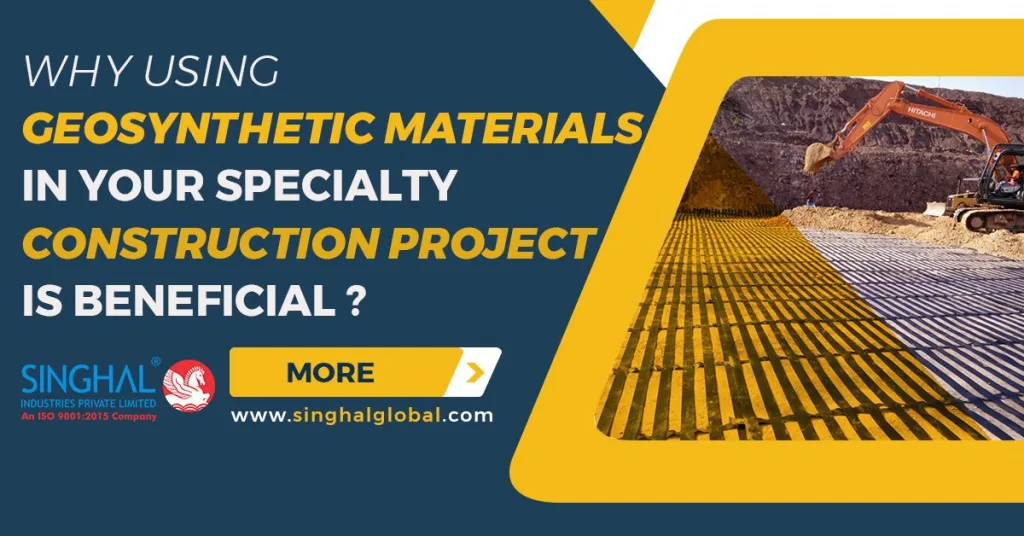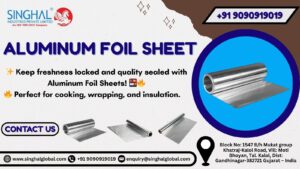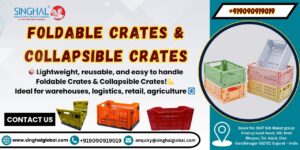You must consider the soil on your construction site regardless of what or where you are building. You might need to strengthen it, make it more stable, guard it against chemicals, or regulate how water flows through it in order to prevent erosion. Geosynthetic materials, such as geocells or liners, can be quite beneficial for each of these issues.
Geosynthetic materials are required for installing a municipal septic system or constructing new fuel storage tanks. What are they, though, and what do they do? Continue reading for a succinct summary of geosynthetic materials, their uses, and their advantages.
Geosynthetic materials: what are they?
Man-made geosynthetic materials are used to safeguard or enhance soil quality. The following are some of the major geosynthetics categories:
- Geotextiles
- Geocells
- Geogrids
- Geomembranes
Geotextiles
Geotextiles are made of felted or woven synthetic materials that resemble fabric (thus the name “textiles”). These fabrics frequently come in rolls and resemble landscape cloth in both appearance and texture. This geosynthetic fabric is used for its permeability, filtration, flexibility, and tensile strength properties.
Geocells
Geocells are webs of cells made from synthetic materials that are molded into an accordion-like shape that expands when unfolded. When the cellular confinement system—the general term for geocells and related systems—is dispersed across a landscape, these cells can be filled with filtration or fill materials like gravel or dirt.
Geogrids
Temporary construction fencing-looking – Geogrids are geosynthetic materials that have been shaped into flat, intersecting grids. Depending on the intended stiffness of the material, geogrids’ open gaps, or “apertures,” vary in size. This design helps distribute loads over larger regions, improving soil stability. Extrusion, weaving, or welding and extrusion are all methods for making geogrids.
Geomembranes
Given that they are typically used to regulate fluid movement, geomembranes are the least permeable of the geosynthetic materials we’ve discussed. They are made of geotextiles sprayed with polymer spray or polymer sheets.
What purposes serve geosynthetic materials?
Geosynthetic materials are employed at a high level to safeguard soil. In order to do this, the soil must be strengthened, movement or loss of soil must be prevented, load distribution on level or sloped soil must be improved, dirt must be separated, water flow through soil must be controlled, and liquids must be contained or prevented from penetrating the soil. This means that, when we get into the details, there are literally hundreds of specialized uses for geosynthetic materials and geosynthetic liners in a wide range of sectors.
Applications of geosynthetic materials in the construction sector
Secondary containment is one of the principal applications for geosynthetic materials. To stop discharge from escaping into an uncontained region, secondary containment systems are utilized in conjunction with primary containment systems (that is, containers or tanks). It serves as a fallback containment system in the event that the primary system you are employing contains material leaks or malfunctions.
Applications for geosynthetics in secondary containment systems include:
- Foundation ringwall liners and above-ground storage tanks
- Berms, dikes, and levees for secondary containment
- Berms for spill containment
- Fields of Leach
Especially for water, geosynthetic liners can be utilized for primary containment and storage. Examples of use cases are:
- Pond lining
- Sewage ponds
- Ponds for stormwater
- Pits for short-term storage
- fuel storage pits
- Landfill Liners
Additionally, when dangerous or potentially hazardous materials are being utilized or kept as a spill pad, some form of containment is required, similar to throwing down a sheet before painting something. In this category, potential applications include:
- Concrete defense
- Lining for drilling pads
- Cleaning pads
- Tanker frac
- Liners for decontamination
Additionally, geosynthetic materials like mats and tubes may be combined with biodegradable materials, like blankets made of coconut, straw, jute, or other natural fibers, in various applications, such as erosion control or environmental restoration. In general, this is done to stop soil erosion and shield germination-stage plants from wind, animals, and stormwater runoff.
Also read: WOVEN AND NON-WOVEN GEOTEXTILES: DIFFERENCES
Industries
Many sectors that demand specialized buildings use geosynthetic materials and technologies. Just a few of the sectors that frequently demand the usage of geosynthetic materials and liners are listed below:
- Agriculture Fertilizer Landfill
- Treatment of wastewater
- Petrochemical
- Chemical Construction
- Manufacturing and industrial construction
- Infrastructure
- Resource management for water
- Ecological services
- Energy and force
- Managing industrial waste
- Industrial wastewater management in mining
What advantages do geosynthetic materials offer?
Each type of geosynthetic material has unique applications that correspond to its unique performance traits and advantages. However, in general, geosynthetic materials are advantageous for their tensile strength, toughness, and permeability or impermeability, depending on the application. To allow for natural soil behavior and health, as well as to prevent causing undesired water flow or runoff problems, permeability is required for erosion management or soil stability; impermeability is crucial for containment or controlling water flow.
Because of their resistance to construction and environmental damage, high tensile modulus, and strength, geogrids and geotextiles are good for soil reinforcement and stability. Because of their impermeability and resistance to damage from chemicals and other hazardous materials, geomembranes are excellent choices for primary and secondary containment applications.
Geosynthetic liners are an excellent option if you’re looking for a secondary containment system that will never fail. Additionally, the professionals at Singhal Industries Private Limited have years of experience with geosynthetic materials. To find out more about how we can assist with your project, get in touch with our team.









